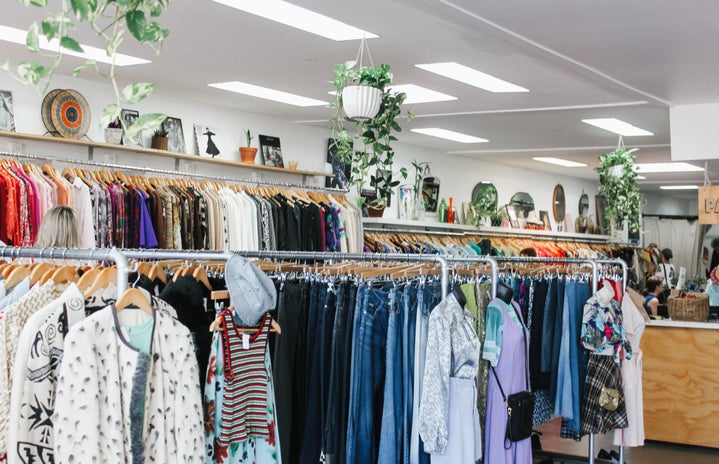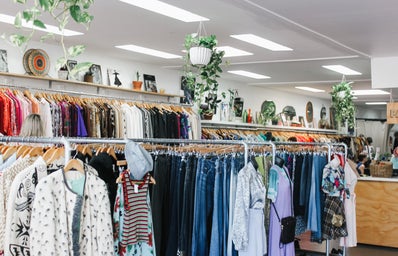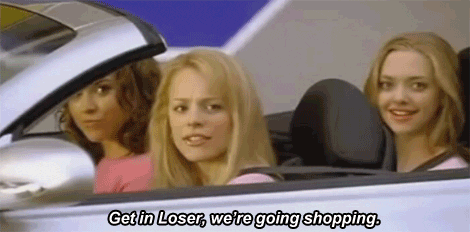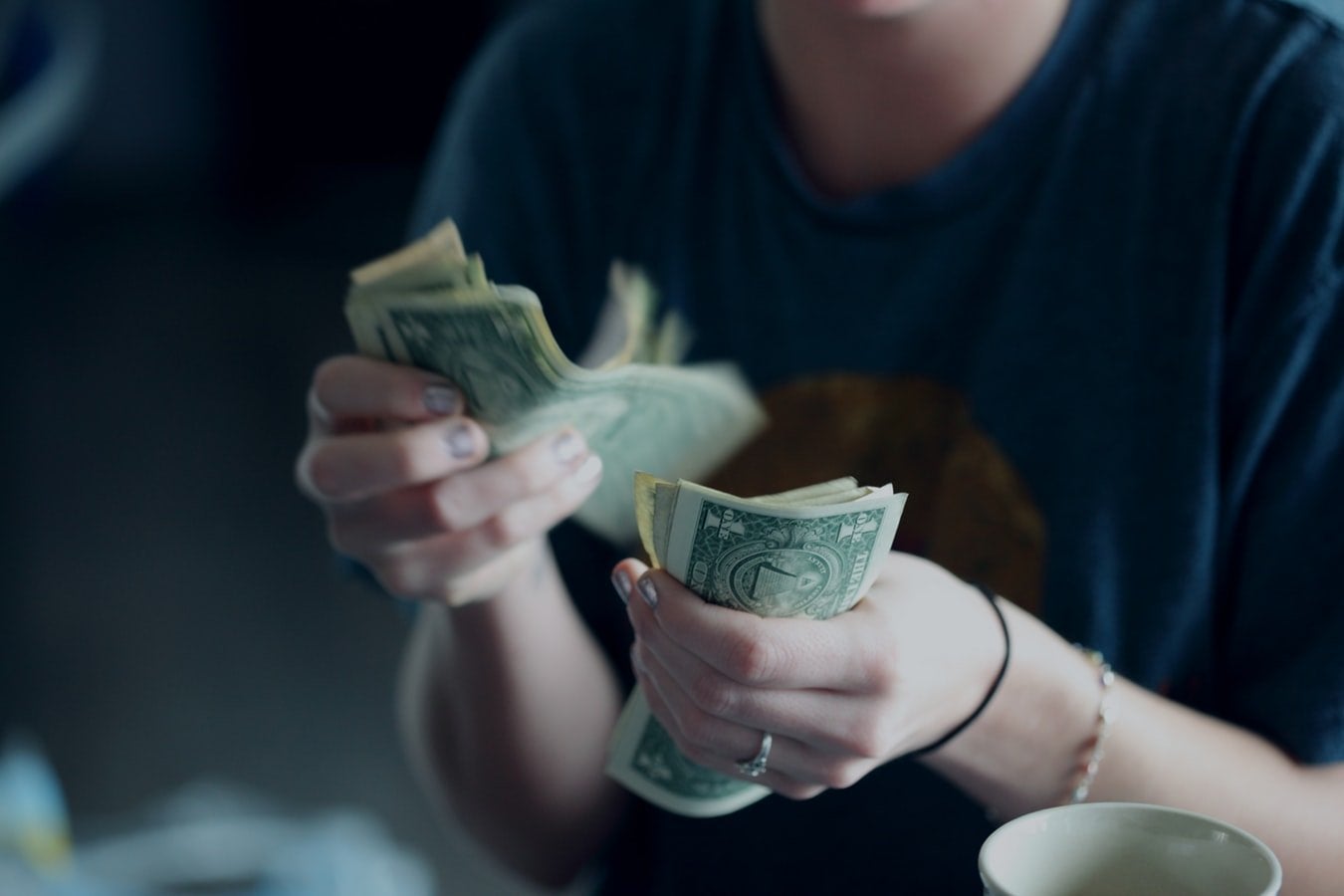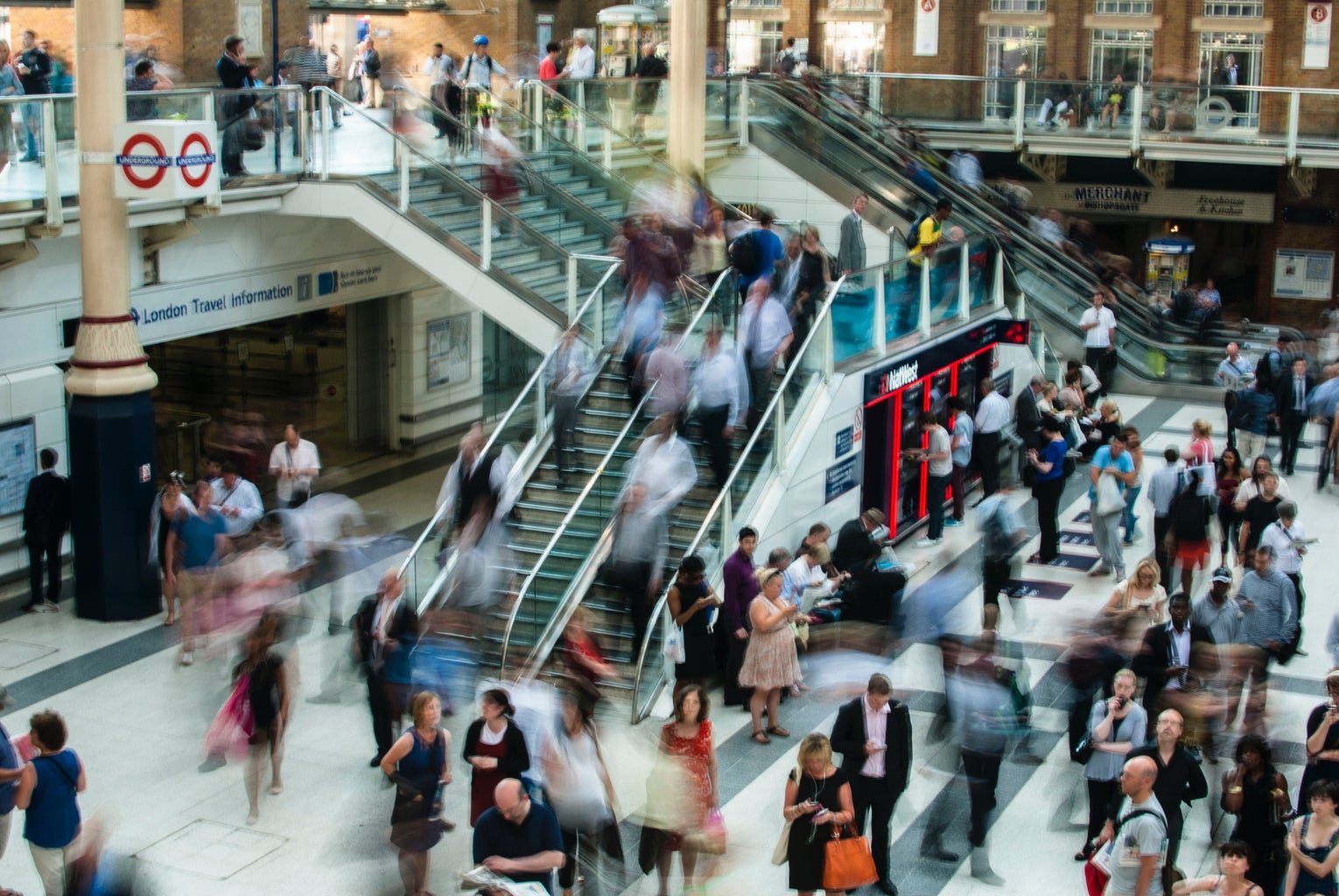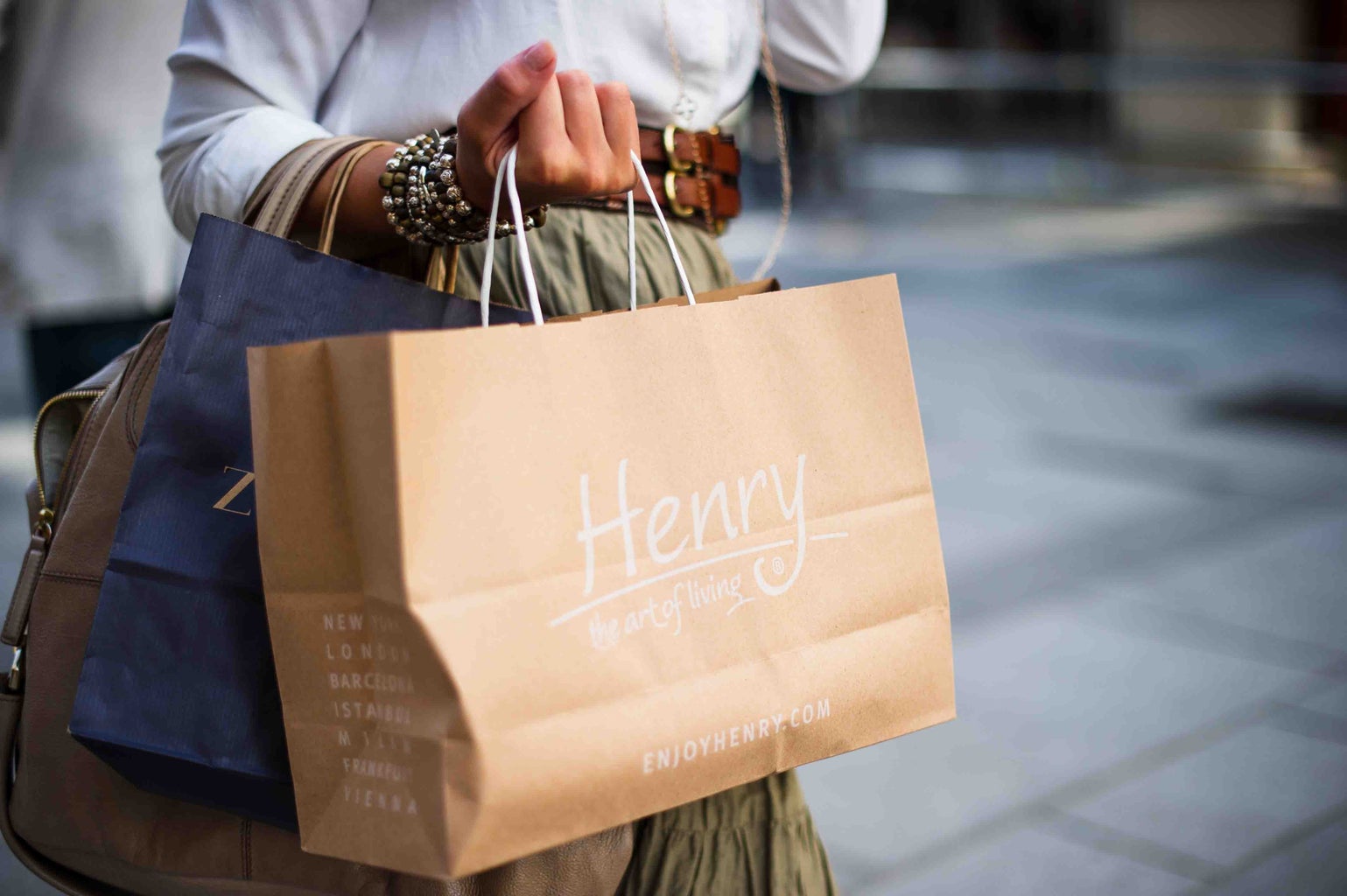Don’t let the title fool you, I love to thrift. The hangers squeaking against the racks as you shuffle through the eccentric pieces that hurt your eyes. The excitement of finding a cute shirt and praying it fits when you try it on only to find it doesn’t fit over your shoulders. The colourful chunky bracelets, sold at 5 for $1, and the $10 American Jeans that you can DIY without the fear of messing up a full price pair. Having become one of the most trendy forms of shopping because of its sustainable nature and affordable prices, the real question is whether thrifting is the best alternative form of shopping for you?
For one, thrifting leads to the gentrification of thrift stores
When I was a new immigrant, my parents took my sister and I to Value Village to find clothes, books, and VCR tapes. Most of the items purchased were affordable and good quality, but now, I’ve noticed in recent years how steeply the prices have increased and how commercialized thrifting has become.
As a college student, I have the privilege of being able to afford a $20 t-shirt. Although I am not financially comfortable, I am able to afford and shop at retail stores such as American Eagle or splurge at online stores, a luxury others may not have access to. I shouldn’t be bargain hunting at thrift stores that are traditionally used as the main sources of essentials for new immigrants, low-income families, and those without any other options. On the daily, I say “I’m so broke,” and “I have no money,” in order to justify buying cheap clothing, but these phrases really don’t apply to me.
When financially privileged people start buying at thrift stores, it prompts stores to increase their prices due to demand and rising costs. We now buy a thrifted skirt for $15 which would have been sold for only $5 a couple of years ago. We don’t notice because the “good find” is still considered cheap for the average consumer, but for a low income family of five that price may not be affordable.
Secondly, thrifting does not promote sustainable practices in fast fashion companies
Thrift shopping is deemed as a great way to keep clothes out of landfills and while this makes sense, the only clothing that are kept out of landfills are those already purchased. This doesn’t hold up for the mass amounts of clothes that are discarded by fast fashion companies whose mass production of clothing is the reason why we can buy t-shirts for cheaper prices. In 2018, H&M had $4.3 billion worth of inventory that went unsold, and a town in Sweden relies partly on burning faulty H&M products for energy.
When we thrift, those clothes have already been bought by consumers who are continuing the normalized overproduction by companies such as American Eagle, Urban Outfitters, Joe Fresh and others. We are continuing the same consumption patterns, and are not holding these massive companies accountable for their environmentally abusive practices and human rights violations. In order to truly thrift sustainably, we need to create a consumer environment that prioritizes environmentally friendly practices. We need to either hold fast fashion giants responsible for their practices, or we need to take our business elsewhere.
Third, thrifting continues to promote consumerism
Continuing to consume fast fashion at the same rate doesn’t help the environment and it certainly doesn’t help our pockets. Thrift shopping leads to belief that we are being sustainable both financially and environmentally because everything is cheap and it’s second hand. However, if we are still buying clothes at the same rate as before, but now getting those clothes for cheaper, we are actually doing nothing to cap our consumption. I tend to buy more clothes when they’re cheaper because of my set budget- this does nothing to help me save money and it does not break my consumption habits. In order to help ourselves and the environment, we cannot keep doing the same things over and over again.
I definitely still buy clothes I don’t need, but I’ve started to make an active change in my consumption habits. I start by asking myself:
1. Do I absolutely need this? Want is different than needed!
2. What can I wear with this shirt? Will I need to buy a whole outfit for this one piece?
3. How many hours of work does this shirt equal? Do I need a shirt that I need to work 8 hours for?
4. Can I afford to pay an extra $15 for the same shirt from a sustainable company?
5. Why am I buying this? Is it an emotional purchase?
Finally, there are other options for financial and environmental sustainability
I’ve recently become interested in supporting small businesses and buying environmentally sustainable clothing. I’ve found that there are numerous small businesses owned by people of colour, womxn, and LGBTQ2S+ people, and the profits made go much further than ensuring the store’s financial security. Often, purchasing from small businesses means that the money you spend also goes towards your community, has a smaller carbon footprint, and promotes inclusivity and diversity. That’s not something you’ll find at a Goodwill or a Salvation Army.
Some of great online stores for alternate options are:
1. TALA by Grace Beverely (sustainable, womxn owned, $$)
2. Proclaim by Shobha Philips (sustainable, womxn and people of colour owned, $$)
3. Girlfriend Collective (sustainable, ethical working conditions, $$)
4. Automatic Gold (sustainable, queer owned, $$$)
5. Depop (sustainable, individually owned and sold, $-$$$)
6. Clothing Swap groups by Meetup (sustainable, consumption friendly, $-$$$)
